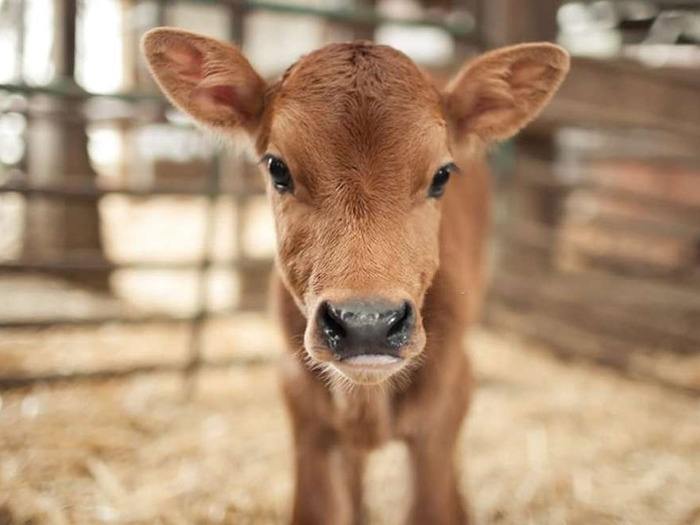There are various systems for raising dairy calves, some with more advantages and disadvantages than others. The rearing systems are designed in relation to their geographical location and the prevailing climatic conditions in the different areas of exploitation.
The differences between the rearing systems are accentuated the more intensive the management . Although whatever the breeding system may be, certain aspects must be complied with. Let’s see some of them:
Provide clean and well ventilated facilities but without excessive winds.
Make sure that the calf receives colostrum in its first hours of life and adequate disinfection of the navel .
Feed a minimum of 4 liters of whole milk or milk replacer daily.
Provide them with balanced ” WAYNE Initial Veal ” high in protein in amounts of 1 to 1.5 Kg per day depending on their age and growth.
Provide good quality hay, dry grass or chopped green forage in quantities of consumption at will.
Make sure the drinking water is clean. If possible be drinkable all the time.
What are the main calf rearing systems?
Among the main breeding systems are:
- Raised cage : these are individual cages under a roof of at least 1.5 m 2 . It has a mesh floor and dry straw to keep warm.
- Crib: these are collective areas where 2 or more calves can be housed with collective feeders and a drawer water trough.
- Individual booths : it consists of portable booths of at least 1.5 m 2 arranged in a special paddock destined to raise calves. In addition, they must be mobilized at least 1 time per day depending on the available grass in 3 m 2 between cabin and cabin.
